In the last few months, I met with several CEOs, CFOs, and Heads of strategy to better understand their challenges in 2016. They all mentioned, across industries and sizes, a common key issue: business goals won’t be reached if their employees do not “change”.
What does that mean?
All discussions were centred on the big gap that currently exists between business requirements and employee behaviour. The majority of their staff, defined here as managers and employees, are not at the right place and it is expressed every time through different metaphors:
- One company uses a great analogy: the majority of their staff sits on a comfortable cruise ship, whereas they should be standing on the deck of a battleship. In these conditions, the double-digit growth planned year-on-year for the next 3 years will not happen.
- Another uses a colour-coding analogy, used in many leadership/personality assessments. More than 80% of their staff are “blue” and “green” instead of a majority of “red” needed to transform the company. The CEO is very concerned about this lack of drive and knows he has to take action to reach his 3 year-plan and his 2016 goals.
- A third one uses “vibrancy” to describe the behaviour they need from their workforce to beat the competition and stay in business. They recognise their staff are far from being a “vibrant” team.
If you are in such a situation, there are few basic questions you need to think about before building a change plan to enable your required transformation:
1) Check the URGENCY of your situation:
- IMPACT: What if we ignore the lack of employee engagement to drive higher performance? How much financial loss can that represent over time? Is it worthwhile to spend quality time and money to fix this situation? What could be the ROI?
- SPEED: How much time do we have to fix this situation? Is this urgent? How does this compare to other company priorities?
2) Check the DEPTH and the NATURE of your problem:
- DEPTH: How deep is our problem? Is the majority of our staff on the wrong boat or does this apply only to few departments?
- NATURE: Are new employees or long-tenure employees at the core of the problem? Is our past or current company culture clashing with the new one we need? Or has there been a fundamental change of management style driven from the top?
3.) Think about HOW you would proceed to fix it:
- WHAT: What do we really need to change? How can we get buy-in from our staff? Are the HR programs properly aligned to our new goals? Do we need to upgrade our competency levels? Should we replace some key staff with ones with the right behaviour and skillset? How can we implement a new culture while capturing quick-wins?
- WHO: Who is going to drive and implement these changes? Who will be the sponsor? Will it be a company-wide effort? Who will be our “change agents”
These recommendations are obviously not exhaustive, but I hope they can help some managers start thinking about these challenges before it's too late…
We live in a world of permanent and continuous change. If you are not yet prepared for it, NOW is a good time to start…

